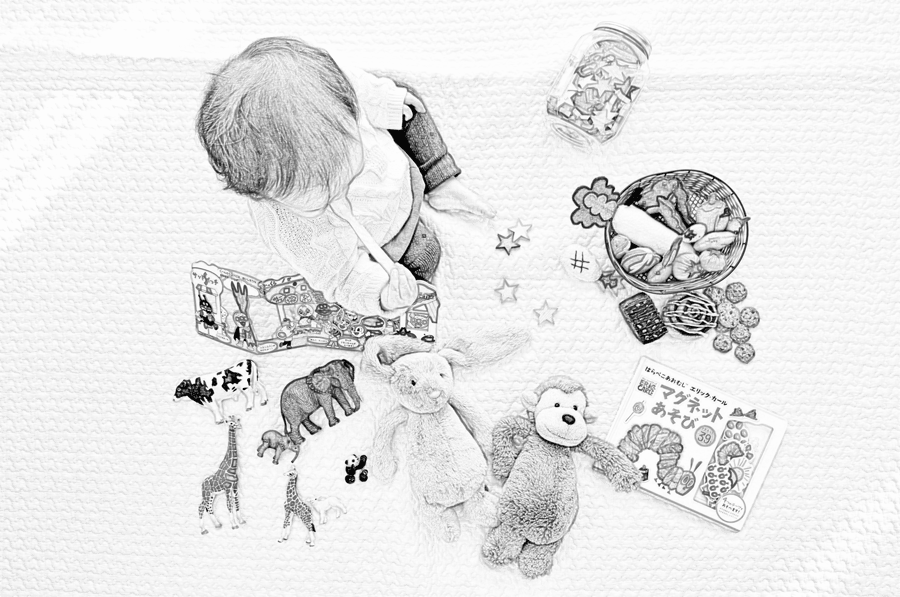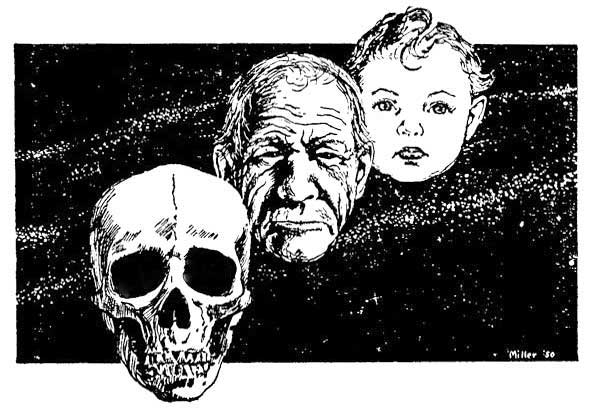Human Life Stages
Humans move through life in stages that reflect both biological rhythms and the changing nature of personal and social demand. While different cultures define these periods with nuance—or merge or rename them—the major stages remain: prenatal development, infancy, childhood, adolescence, adulthood, and older adulthood. Each stage shapes who we become, how we relate, and the contributions we make to society.
1. Prenatal Development (Conception to Birth)
Life begins at conception. From that moment, the embryo undergoes extraordinary transformation—from a cluster of cells to a recognizable human form. Early prenatal development sets the fundamental body plan. By about week ten, the embryo becomes a fetus, with organs in early stages of formation. As weeks progress, organ systems mature: the heart begins to beat; the brain forms complex neural structures; limbs grow; senses like touch and hearing emerge.
Fetal development is shaped by the intrauterine environment. Nutrition, maternal health, stress, and exposure to toxins can influence outcomes. Public health efforts such as folic acid awareness, prenatal screenings, and maternal care have drastically reduced congenital disabilities and improved birth outcomes worldwide.
Prenatal development sets the stage for every life that follows. It’s a reminder of how early the journey begins—and how crucial early support is.
2. Infancy (Birth to ~2 years)
Infancy is a period of astonishing growth: body size, motor skills, sensory processing, and early cognition all accelerate. Newborns learn to walk, talk, and recognize faces—their brains establishing vast neural pathways through play and interaction.
Attachment theory, pioneered by John Bowlby, emphasizes the emotional bond formed between infants and caregivers. Secure attachment—marked by responsiveness and warmth—becomes the bedrock for trust, empathy, and emotional exploration in later years. Nutrition, sleep patterns, early stimulation, and safe environments are the cornerstone elements influencing physical and psychological health in infancy.

3. Childhood (~2–12 years)
Childhood brings structured learning, social play, imaginative exploration, and moral awareness. According to Jean Piaget’s cognitive development theory, children move from the preoperational stage (symbolic play and egocentrism) toward the concrete operational stage (logical thinking, grasping conservation of matter). Around age 7 to 11, children learn to categorize, plan, solve problems—they begin forming mental models of the world.
Socially, they gain independence through friendships and early academic systems. Growth rates slow compared to infancy, but are steady. Fine motor skills, language fluency, and peer relationships blossom. Educational access, cultural messaging, and family expectations shape childhood experiences differently around the world—yet the spark of curiosity and learning is universal.
4. Adolescence (~12–18 years)
Adolescence is one of the most transformative stages. Driven by hormones, the body grows rapidly—an average human adolescent may grow up to 25% in height within a few years, a rate unmatched by other primates such as chimpanzees (≈14%) .
Puberty brings sexual maturation, increased autonomy, and brain remodeling. Teen minds become capable of abstract thought, future planning, and identity exploration. Psychologically, adolescence is a balancing act: they oscillate between dependence and independence, idealism and realism, conformity and rebellion.
This period is also a time of vulnerability. Mental health challenges, risk-taking behaviors, and social pressures can increase. Yet it’s also when resilience and self-discovery are forged. Global adolescent well-being is shaped by access to education, healthcare, guidance, and safe spaces.
5. Young Adulthood (~18–40 years)
In young adulthood, individuals solidify their place in adult society. Many pursue higher education, begin careers, enter relationships, start families. Cognitively, the brain’s prefrontal cortex matures, refining decision-making, impulse control, and emotional regulation.
This stage often includes peak physical health, reproductive capacity, and cognitive agility. However, life trajectories differ: some embrace parenthood early, others channel energy into careers or creative endeavors. Social roles expand—workers, partners, parents, citizens—each with responsibilities and aspirations.
Equity challenges surface too. Gender, socioeconomic status, and culture affect access to opportunities, parental leave, and affordable childcare. Not all young adults experience this period in the same conditions—yet it remains a pivotal time for building life trajectories.
6. Midlife & Mature Adulthood (~40–65 years)
Midlife signals a shift from building toward consolidating. Careers may peak, children may become independent, and many individuals reflect on personal goals versus achievements.
Physically, metabolism slows, sensory perception may shift, and chronic illnesses may appear. Menopause typically occurs in women, marking an end to fertility. Interestingly, this biological change may support social leadership: the “grandmother hypothesis” suggests that menopause enhances a grandmother’s ability to invest in grandchildren, improving overall reproductive success .
Emotionally, midlife can include transitions—empty nest syndrome, career changes, caregiving for aging parents. Yet it can also offer renewed purpose: mentoring, creative focus, deeper relationships, or redefined aspirations.
7. Older Adulthood & Aging (~65+ years)
Older adulthood is marked by reflection, wisdom, and change. Lifespan continues to lengthen thanks to advancements in medicine, lifestyle, and policy. Many older adults remain active contributors—as caregivers, volunteers, artists, leaders.
Cognition may shift; memory and processing speed may slow, but emotional regulation, perspective, and accumulated experience often deepen. Age brings unique challenges: mobility limitations, chronic conditions, social isolation. Societies face critical tasks: ensuring longevity is not defined by loneliness or loss of dignity.
Globally, elder populations are growing fast. Some countries welcome this demographic shift by promoting age-friendly cities, intergenerational programs, and healthcare innovation. Older adults are diverse—not “frail,” but resilient keepers of progress and humanity.
Cultural Diversity in Life Stage Definitions
Not all cultures follow this linear schema. Indigenous traditions may mark transitions through rites of passage rather than age brackets. Some societies emphasize communal elder status or extended adolescence.
Childhood and adolescence emerge as Western constructs in historical terms—before modern schooling, definitions of youth varied. Some groups see adolescence as workforce preparation; others extend youth well into the 20s. Similarly, some cultures revere elders as wisdom-keepers, assigning them spiritual authority far beyond chronological age.
Summary Table (in your mind!)
Prenatal → Infancy → Childhood → Adolescence → Young Adulthood → Midlife → Older Adulthood
Each stage contributes to physical growth, cognitive development, identity formation, and societal roles—interconnected across time and culture.
Why It Matters
Understanding life stages helps in multiple ways:
-
Parenting & education: Tailoring support to developmental needs.
-
Healthcare: Designing age-sensitive prevention, treatment, and mental health interventions.
-
Policy: Structuring social safety nets, retirement systems, and youth support programs.
-
Personal growth: Recognizing that each phase brings unique strengths, challenges, and opportunities for flourishing.
Final Reflection
The tapestry of human life stages reminds us that life is not static—but a journey of shifts, growth, maturity, and transcendent meaning. Every stage matters. Honoring where we were, who we are, and who we can become enriches our own lives—and strengthens our empathy for others.

